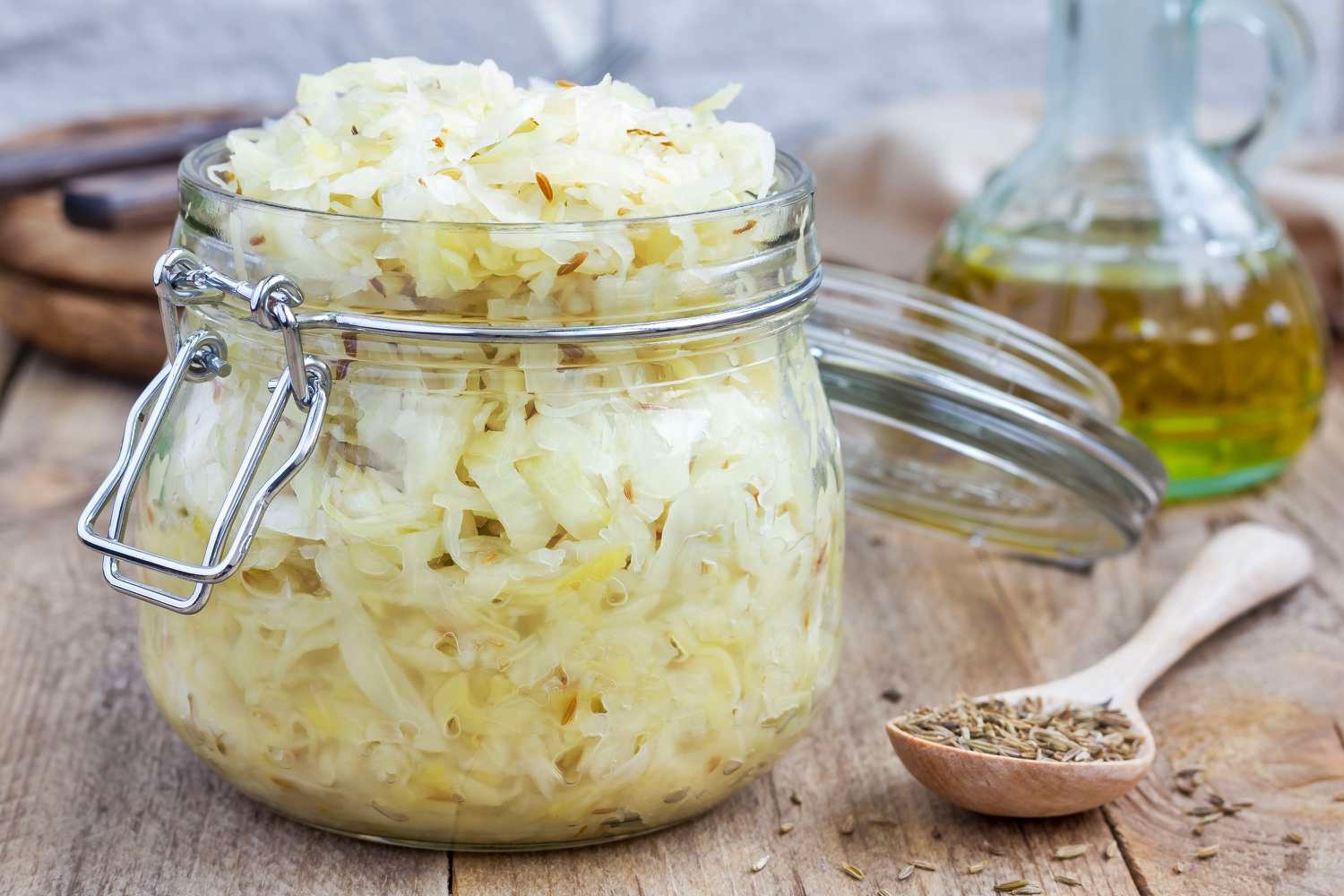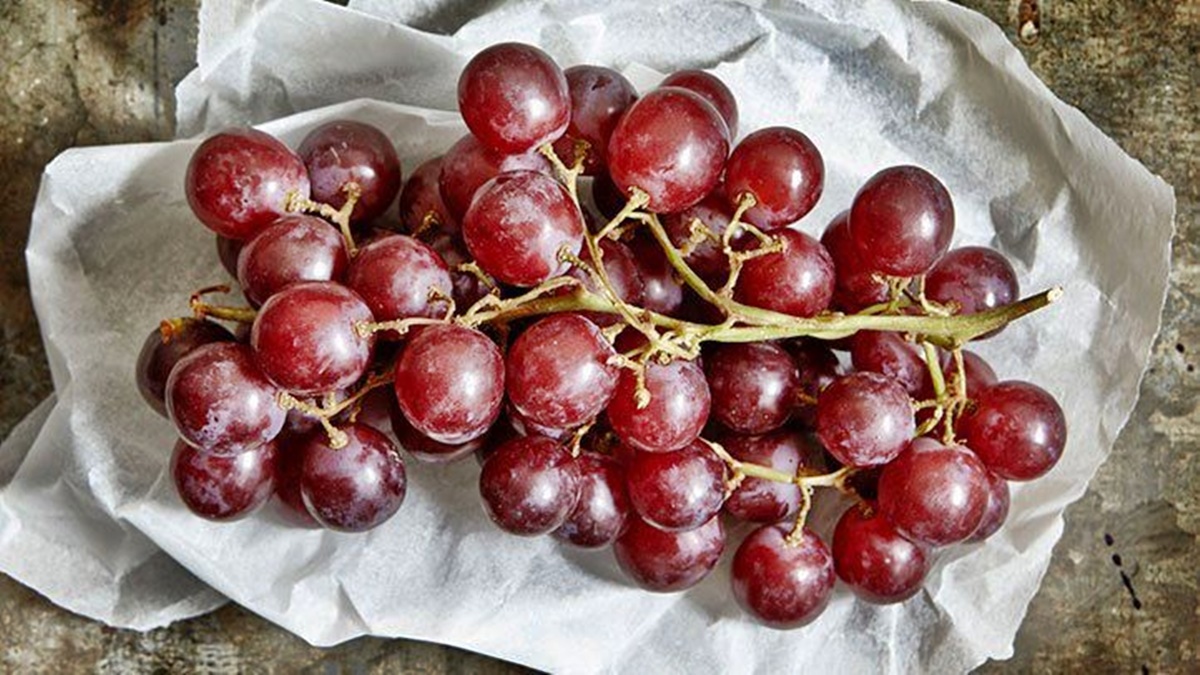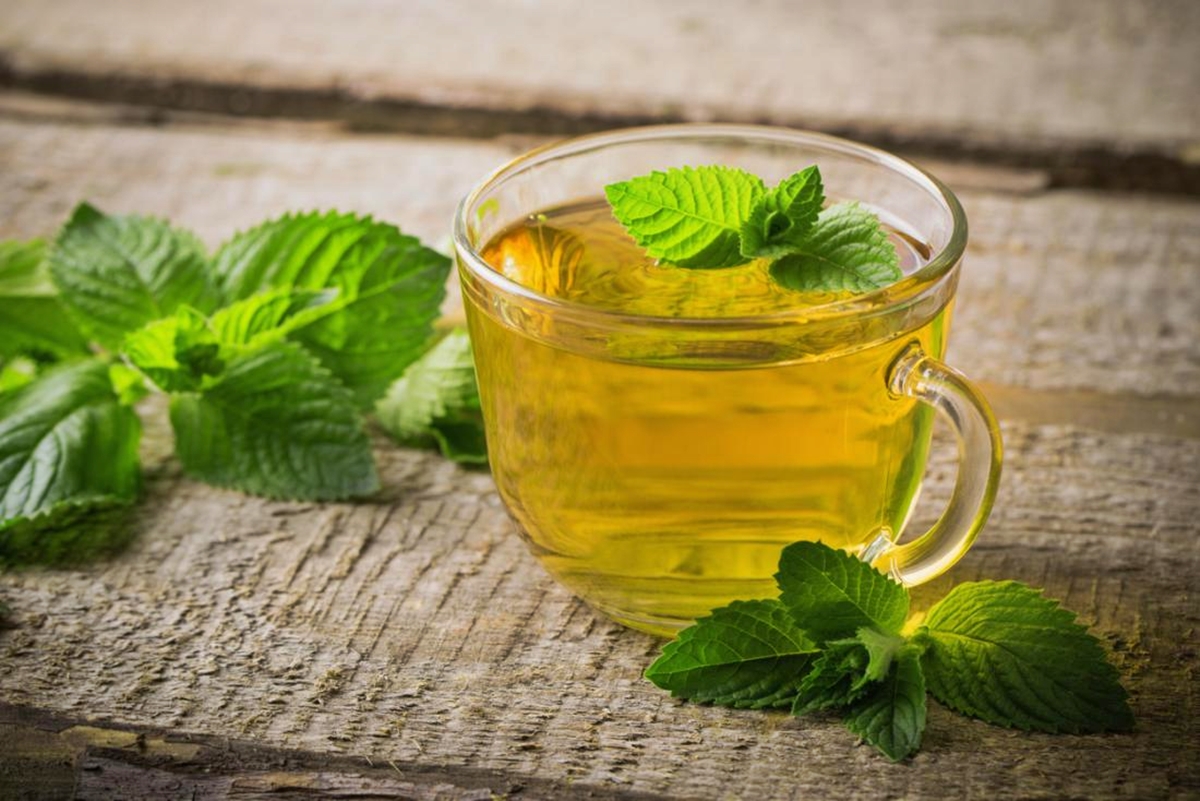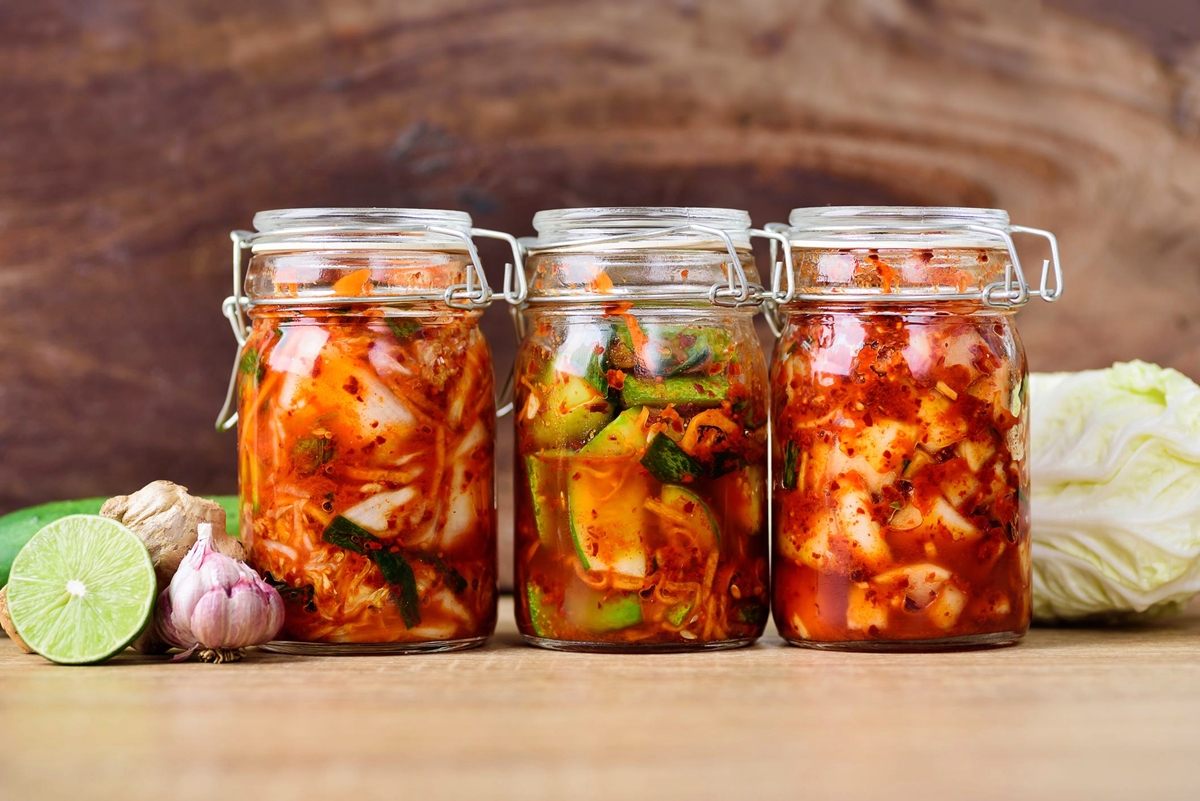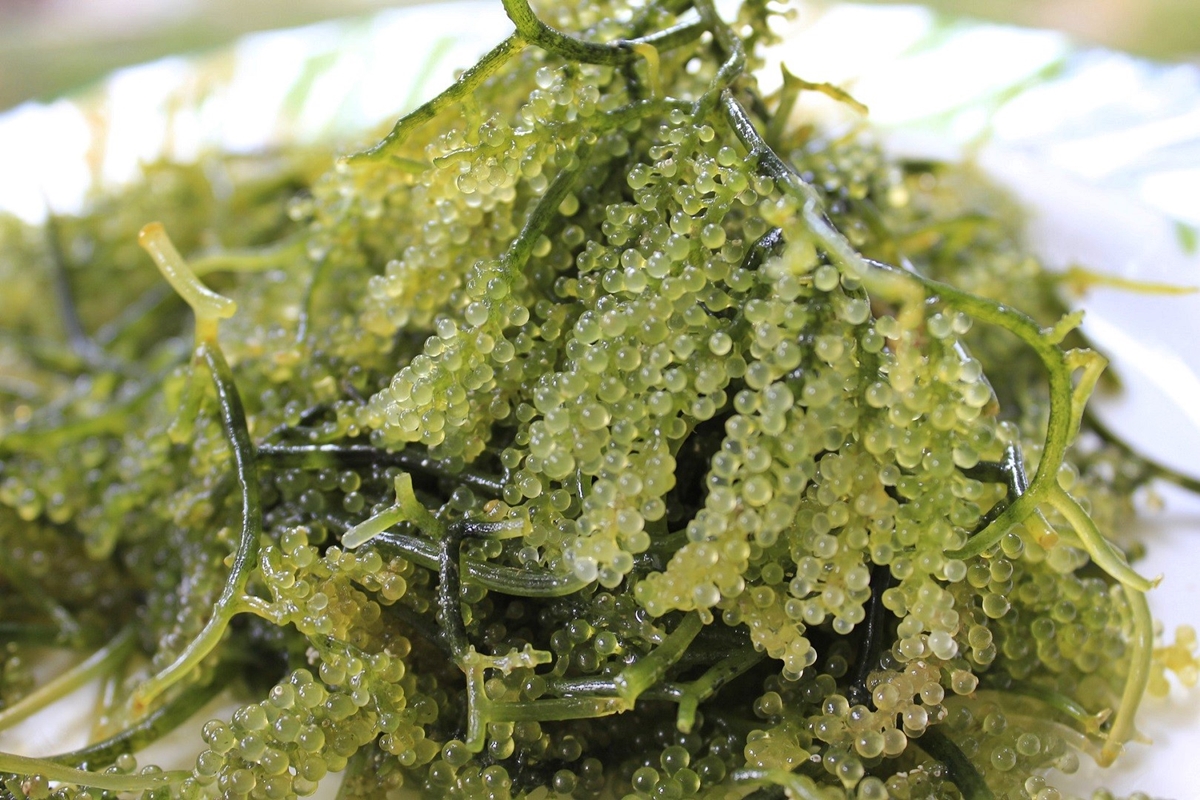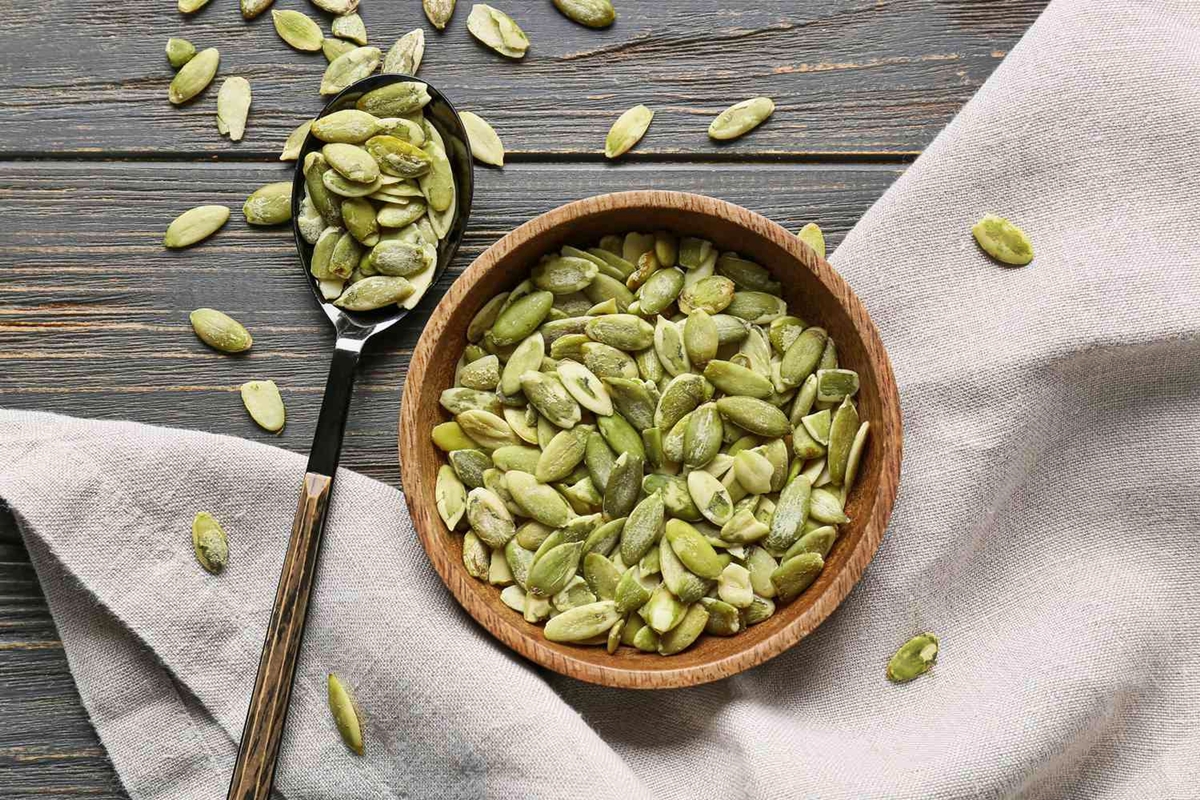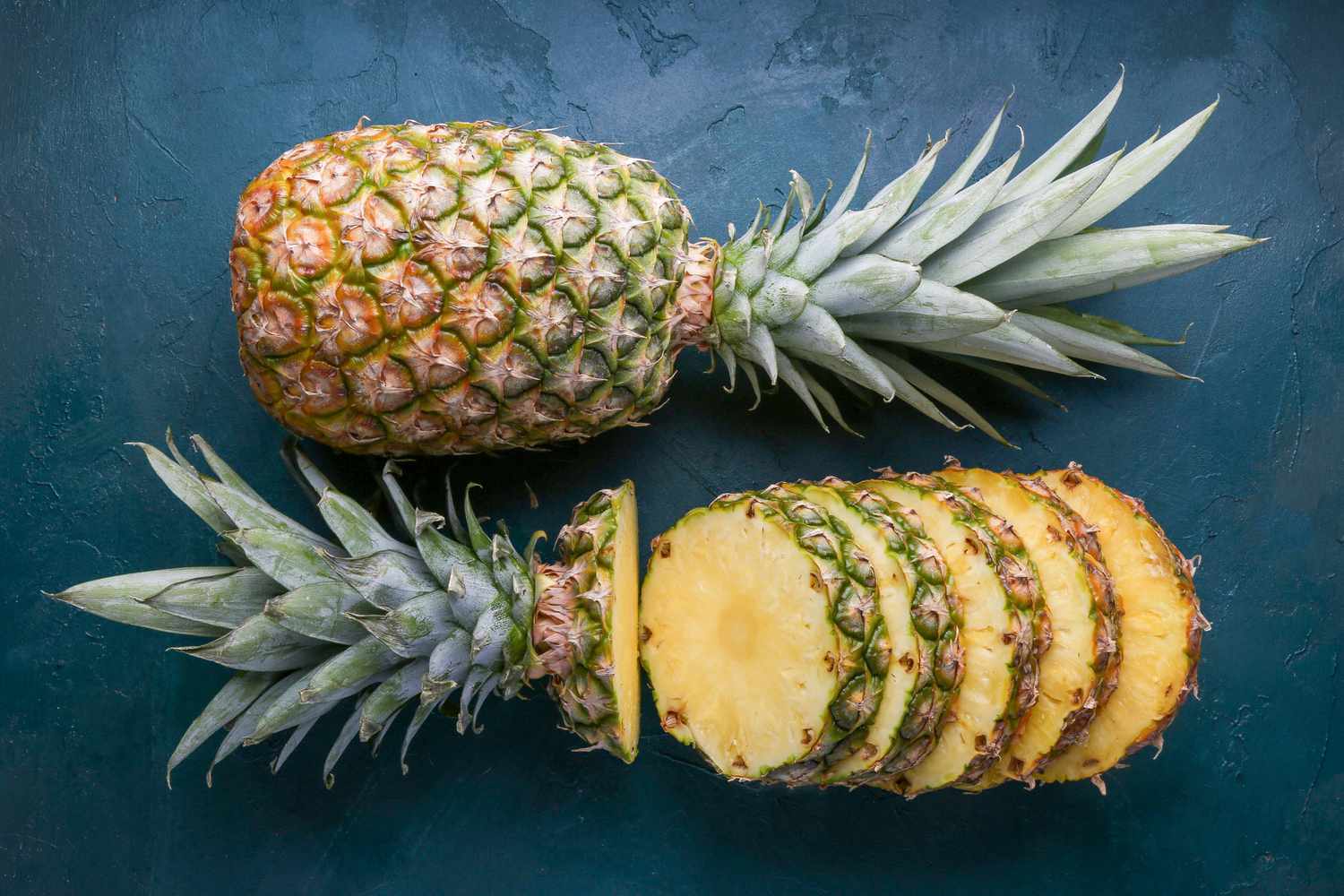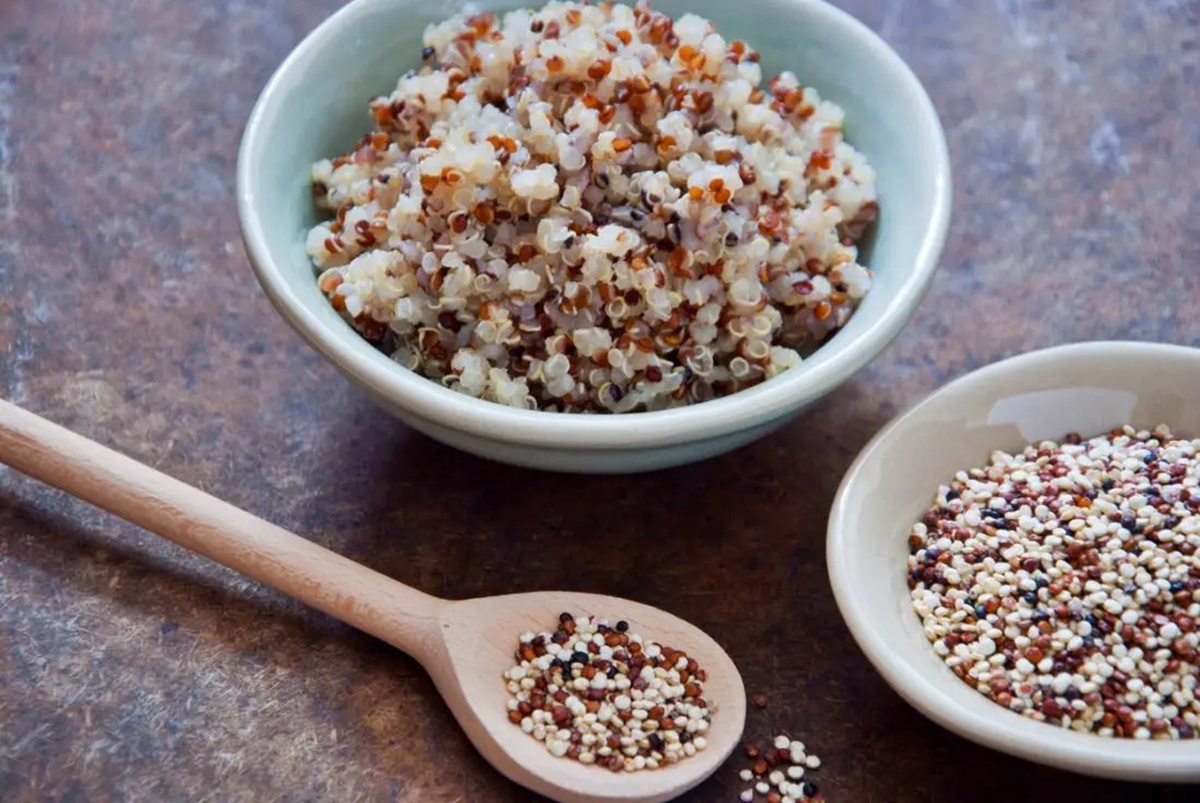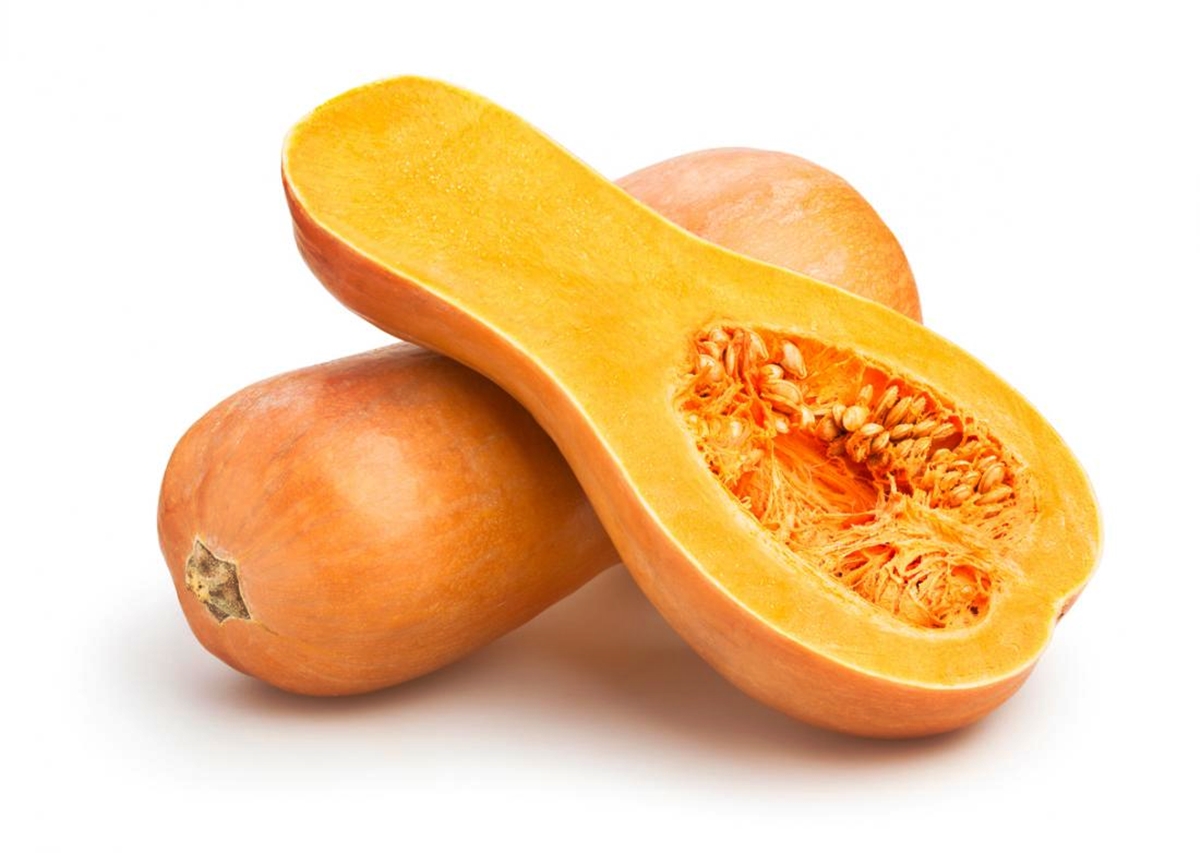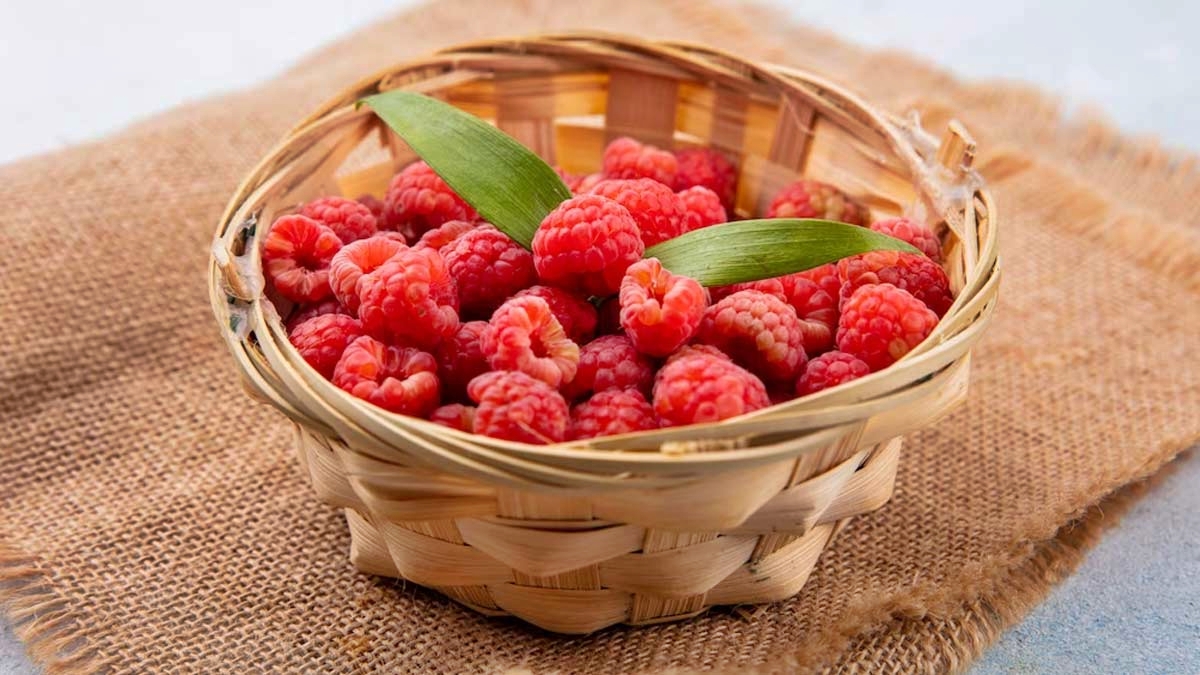How Healthy Is Your Christmas Dinner?
The holiday season is a time of joy, celebration, and delicious food. Christmas dinner, in particular, is often a feast of indulgence and merriment. However, amidst all the festivities, have you ever wondered just how healthy your Christmas dinner really is?
Let’s take a closer look at some common dishes found on the Christmas dinner table and explore their nutritional value.
Roast Turkey
Roast turkey is a traditional centerpiece of Christmas dinner. It is a rich source of protein and is relatively low in fat compared to other meats. Turkey is also packed with essential vitamins and minerals, including zinc and selenium, which are important for a healthy immune system.
Mashed Potatoes
Mashed potatoes often accompany the roast turkey. While potatoes are a good source of carbohydrates, they can be high in calories when prepared with butter or cream. Try using low-fat milk or Greek yogurt as a healthier alternative and consider leaving the skin on the potatoes to retain valuable nutrients and dietary fiber.
Vegetable Medley
A colorful vegetable medley is a great addition to any Christmas dinner. It provides an array of vitamins, minerals, and antioxidants. Choose a variety of vegetables, such as carrots, Brussels sprouts, and green beans, to ensure a diverse range of nutrients. Lightly sauté or steam them to retain their nutritional value.
Cranberry Sauce
Cranberry sauce adds a tangy sweetness to the plate. Cranberries are low in calories and rich in antioxidants, known as flavonoids, which have been linked to various health benefits. However, store-bought cranberry sauce often contains added sugars, so consider making your own at home using fresh cranberries for a healthier alternative.
Stuffing
Stuffing is a staple on many holiday tables. Traditional stuffing recipes often include ingredients like bread, butter, and sausage, which can be high in fat and calories. To make a healthier version, try using whole-grain bread, adding more vegetables and herbs, and using less butter or olive oil.
Gingerbread Cookies
Christmas desserts like gingerbread cookies are undeniably delicious, but they can also be high in sugar and fat. Consider making a healthier batch by using whole-wheat flour, reducing the amount of sugar, and adding spices like cinnamon and ginger for extra flavor.
Conclusion
While Christmas dinner is undoubtedly a time to indulge and enjoy, it’s worth considering the nutritional value of the dishes on your plate. Making small adjustments like opting for lean meats, incorporating more vegetables, and choosing healthier preparation methods can help you maintain a balanced meal.
Remember, moderation is key during the holiday season. Be mindful of portion sizes and listen to your body’s cues of satiety. Enjoy the flavors and company at the table and savor the moments that make Christmas dinner truly special.
Now go ahead and have a joyous and healthy Christmas!
Was this page helpful?
Read Next: Healthy Porridge Recipes & Topping Ideas
